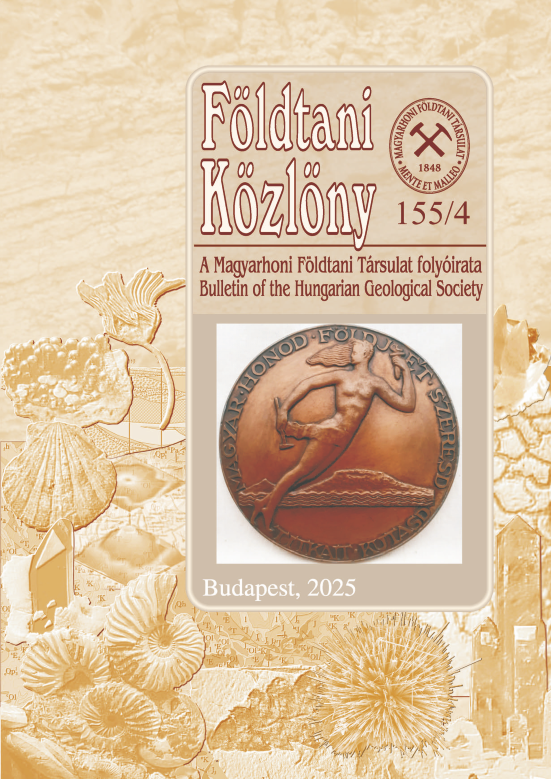The Late Cretaceous continental vertebrate fauna from the Bakony Mountains II: crocodiles, dinosaurs (Theropoda, Aves, Ornithischia), pterosaurs
Abstract
In the year 2000 the first Mesozoic continental vertebrate fauna was discovered in Hungary and since
that time, during several field expeditions thousands of bones have been collected and prepared by the
field crew of the Hungarian Dinosaur Expedition. The locality where these bones were found is an openpit bauxite mine (Németbánya-II) near the villages Iharkút and Németbánya. The bones were found in the
Upper Cretaceous (Santonian) Csehbánya Formation. Two bone-yielding beds are present the locality. One
of them is a basal breccia containing exclusively isolated bones. The second is a greyish-brownish sandstone
and siltstone covering the basal breccia; this contained four partial skeletons of an armoured dinosaur.
The archosaurian fauna (i. e. crocodiles, non-avian dinosaurs, birds and pterosaurs) of the locality is
well-preserved and one of the richest among the Late Cretaceous continental faunas of Europe. Several
new taxa, such as a primitive eusuchian, as well as new genera of the families of Alligatoroidea,
Nodosauridae, Rhabdodontidae, Azhdarchidae make up the fauna. After the French localities the
Hungarian is the next richest in bones of the primitive avian group, Enantiomithes from the Late
Cretaceous of Europe.
In taphonomical aspects bones from the basal breccia are mostly crushed and eroded; however, the
bones of the armoured dinosaur skeletons, are well-preserved, albeit they bear a slight compressions due
to overlying deposits.
Three aspects of the lately discovered Late Cretaceous, Hungarian dinosaur fauna support its unique
status among other European Late Cretaceous faunas. First, its Santonian age differs from almost all
other European localities. Second, 90% of the dinosaur remains are ankylosaur bones. Third, in addition
to the above-mentioned, several new vertebrate taxa have also been discovered.
From a palaeobiogeographical aspect the Iharkút fauna has Euramerican rather than African affinities.
Several taxa (e.g. Eusuchia indet., Hungarosaurus) have an ancient plesiomorphic character suggesting
that the Iharkút area, similar to Nopcsa's „Hátszeg Island", was partially a refugium in the
Mediterranean archipelago during the Late Cretaceous.











